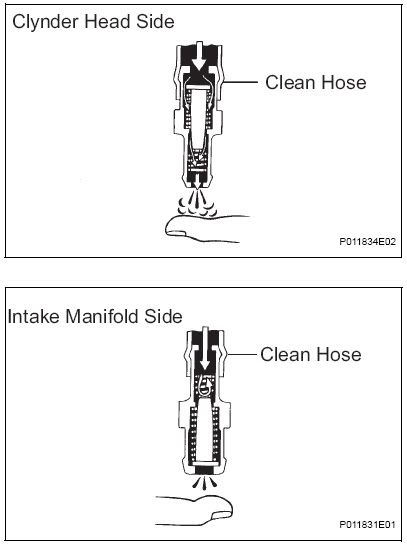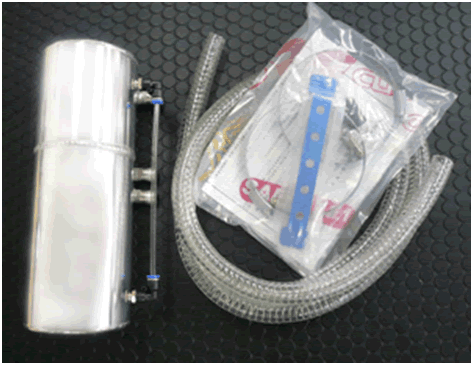First off:
A PCV System was put in place due to EMISSIONS and the advantages it has on certain vehicles.
Back in the day cars had a draft tube that vented pressure and all that garbage into atmosphere and onto the road. They relied on its position to create some kind of vac to hopefully draw gasses out of the engine.
The seals were also a lot better and could withstand high crankcase pressures, also the oil dip sticks were screw on (usually) like on a motorcycle with a case vent.
This was necessary because gasses really had no directed flow and they could get trapped.
The other thing is that a draft tube or any open vent system (air filters on valve covers with the PCV system blocked off) is not a very good idea on a offroad vehicle or truck that may see lots of water. The reason for this is because the open system may allow water into the crank case (no one likes milky oil including the engine).
The modern positive PCV systems accomplish emissions regulations but also have a benefit as well. When vac is low (at idle) the PCV side vac helps draw gasses out that otherwise wouldnt be.
The only reason oil is brought into the mix is because it is kicked up by the moving parts exposed to the gasses (crankshaft, rod, oil squirters, etc...)
The design of the PCV system is not to use oil, just to get rid of the hydrocarbon rich gasses and burn them as well as evacuate pressure.
So our fresh air inlet allows this mixture to be burnt easy, and the VAC placed on the PCV side actually HELPS RELIEVE crankcase pressure (especially under load).
This satisfies emissions and protects the environment, reduces oil degradation, and evacuates pressure all in one simple system.
To function like this it is reliant on the crankcase being subjected to a small vacuum all the time.
Now there are other ways to run a type of closed system (exhaust as vac or a vacuum pump) but these are not race cars, they are street trucks.


